Contrast Makeup Theory Is the Viral TikTok Anti-Trend Everyone Should Try
It's the expert-approved technique to find your signature look.
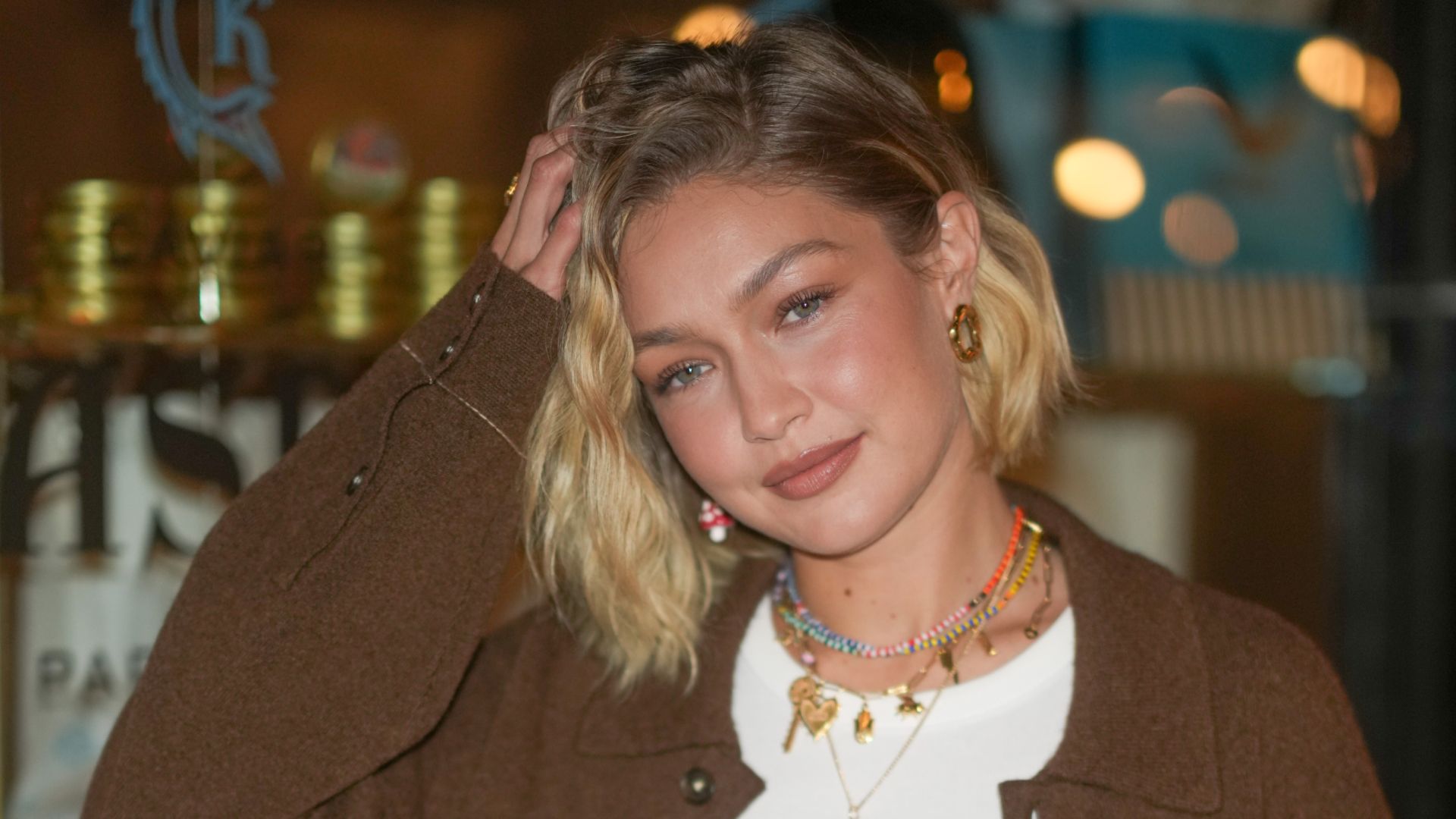
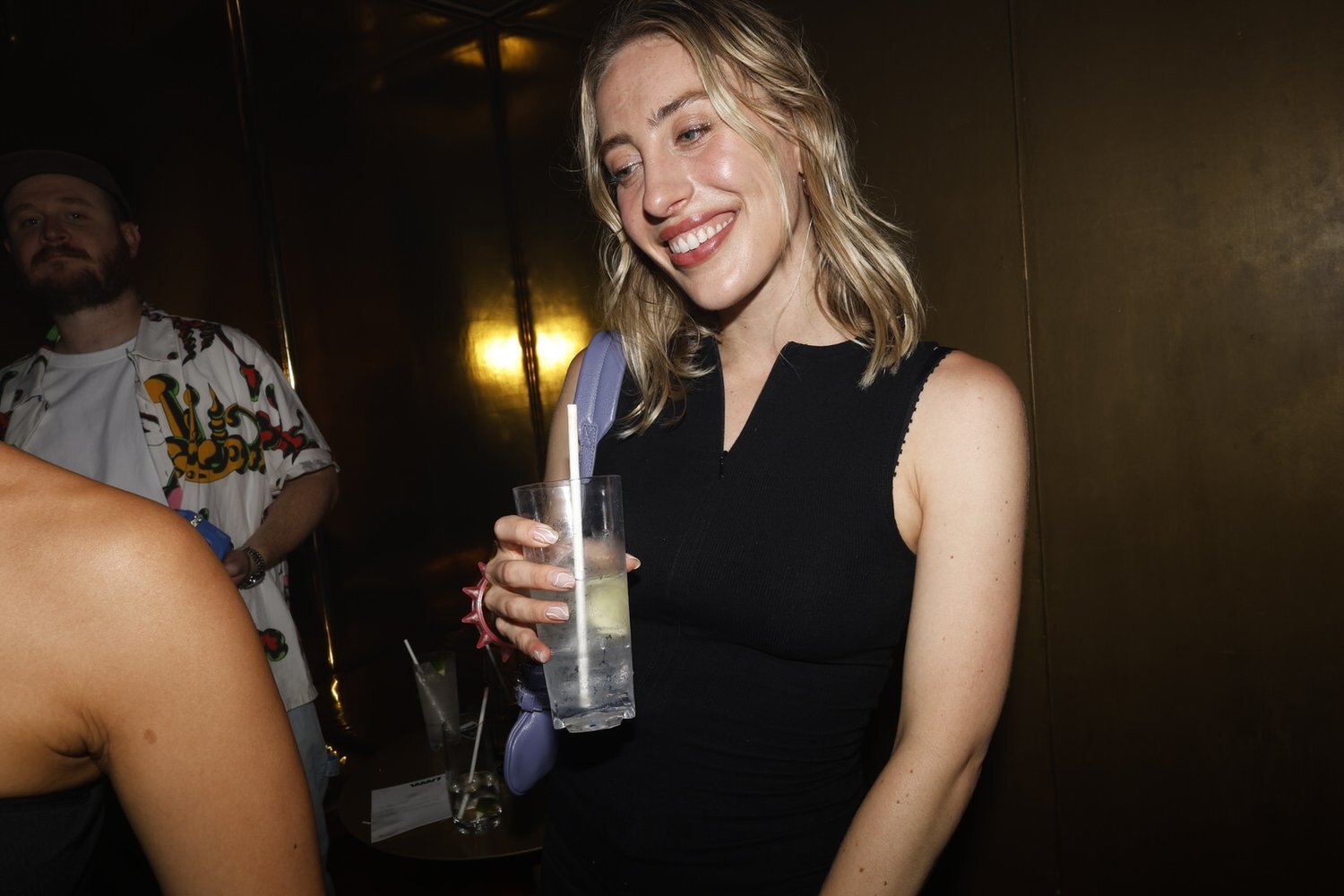
The biggest beauty trend on TikTok isn't a trend at all—it's a new way of seeing and showcasing your best features.
Created by French makeup artist Aliénor, contrast makeup theory encourages you to apply products according to how light or dark your skin, eye, and hair colors appear in relation to one another. The goal is to create visual harmony between your features for a more flattering look overall. If you've ever tried a nude lipstick that washed out your complexion or noticed that smokey eyes tend to overpower your face, it's probably because those colors, and how heavily they were applied, were at odds with your contrast level. Adding too much or not enough contrast can make your features disappear behind the makeup itself.
Contrast makeup is a balancing act Aliénor perfected through creating individualized looks for bridal clients. She's now brought it to the masses for everyday wear: At press time, a video explaining her makeup thesis has been viewed more than 11.1 million times and earned 513.6k likes on TikTok.
"If you want to be a good makeup artist, it’s as much about learning to observe as it is to apply makeup," Aliénor explains. "I like having fun with colors and textures, but one thing I love about makeup is helping women feel beautiful as themselves."
@alieenor ♬ son original - Alieenor 🧡
Her technique starts with sorting yourself into one of three categories: low, medium, or high contrast. (The easiest way to determine your contrast level is by looking at a black-and-white selfie, but Aliénor has made the analysis process even easier by developing a black-and-white TikTok filter for side-by-side comparison.) If you have blonde hair and fair to light skin like Gigi Hadid, for instance, or if you're raven-haired with deep skin like Adut Akech, you're almost definitely a low-contrast beauty—meaning your the color of your skin and hair nearly match.
@alieenor ♬ son original - Alieenor 🧡
The medium-contrast category is defined by light to medium skin and honey, golden, or caramel brown hair—any combination where the shade of your hair skews slightly darker than your skintone. Daisy Edgar-Jones and Jessica Alba fall in this group; so do most redheads, like Jessica Chastain.
@alieenor ♬ son original - Alieenor 🧡
If you're skin leans fair, light, or medium with rich chocolate brown hair like Anne Hathaway, Jenna Ortega, or Zoë Kravitz, however, you're high contrast—meaning your hair color is much darker than your skintone.
Stay In The Know
Get exclusive access to fashion and beauty trends, hot-off-the-press celebrity news, and more.
@alieenor ♬ son original - Alieenor 🧡
Everyone's coloring is unique, so it's important to remember that these examples are merely points of reference. Once you've chosen your contrast level, however, you're one step closer to the finding your most flattering look.
Low-contrast ladies should avoid harsh colors like vampy berry lipstick or bright coral blush, and instead add subtle depth to their features by gravitating toward nude shades that mirror their skin tone such as pink and beige. Medium-contrast queens should add balance by delicately intensifying their features with colors that are a couple degrees darker than their natural skin tone, such as rose-colored lipstick and smudgy espresso brown eyeliner. High-contrast hotties should soften the difference in color between their features by adding darker, more intense shades that make their eyes, lips, and cheeks pop, such as black eyeliner and red lipstick.
@alieenor ♬ son original - Alieenor 🧡
Put simply, contrast makeup is a short-cut to finding what will look natural and cohesive on your particular face in a sea of viral trends and products. As a kid and young adult, Aliénor would often try to to recreate looks she found online from influencers that looked nothing like her. When the result looked off, she assumed it was because she was "ugly" and "everyone else was gorgeous."
She knows the truth now: She wasn't wearing the right products for her features or her everyday life. "Beauty can sometimes feel unattainable and we can question our own natural beauty," Aliénor adds. "Learning what suits you helps you accept and embrace what you look like, so that you can adapt and use makeup that works for you instead of against you."
Then again, the viral theory's creator understands that flattering makeup isn't always the goal. Anyone can go against their contrast level if they want to. "It’s just going to be bolder, and people will see your makeup before you," she explains. Celebrities do this often to create a recognizable character on the red carpet—like Brigette Bardot, whose iconic heavy black eyeliner intentionally didn't suit her contrast level.
@alieenor ♬ son original - Alieenor 🧡
Offline, contrast makeup theory is another name for a set of considerations experts are already making. Makeup artist Natalie Dresher, for example, always weighs the differences in a client's hair, skin, and eye colors when she's creating a new look—or tweaking a request to better suit their features.
"If someone has high contrast between their skin and their hair and their eye color, they can do a more bold look where the colors differ," she explains. If someone is more low contact, keeping the tones similar and 'flat' is more flattering."
To illustrate, Dresher points to a few examples from her portfolio.
"Bella’s dark hair, fair skin, light eyes allow for an easy-to-pin approach for high contrast makeup," she says of the look below. "The dark shadows in the crease, the harsh winged liner, the ombre lip. All textbook features of high contrast makeup."
Reality star Jessica Vestal's tan skin and medium-toned brown hair, however, were more suited to a medium-contrast makeup look. "Having a lighter lid color and warm tones in the crease give enough contrast without overpowering her features," Dresher notes.
A post shared by NATALIE DRESHER • MIAMI MAKEUP ARTIST 💄 (@nataliedresher)
A photo posted by on
A post shared by NATALIE DRESHER • MIAMI MAKEUP ARTIST 💄 (@nataliedresher)
A photo posted by on
For beauty publicist Monica Efman's engagement photo shoot, Dresher opted for low contrast makeup to accentuate her light brows, light eyes, and light tones in her hair.
"Keeping the makeup ethereal and light and similar in tones is flattering to her coloring and not overwhelming," Dresher says. "I tried to keep it to a Victoria's Secret Angel look as much as possible."
A post shared by NATALIE DRESHER • MIAMI MAKEUP ARTIST 💄 (@nataliedresher)
A photo posted by on
Of course, Dresher ultimately sees contrast makeup theory as just that—a theory that can be followed or not, depending on the look you want to achieve.
"I think it's a helpful starting guide for what is flattering for your coloring, but so many other factors come into play," she concludes. "Do you have harsher features? Do you have really bold eyes? All of these things can change what you want your makeup to look like and the effect you want it to have. While I reference low contras-high contrast theory daily, it is definitely not the law for me."

Hanna Lustig is a staff writer at Marie Claire, where she gets to gab every day about the topics she holds most dear: fashion, beauty, and celebrity. Hanna’s editorial journey began with formative internships at Elle and InStyle, where she was lucky enough to work for some of the smartest women in media while she was still in college at the University of Tennessee. Hanna then accepted a digital culture reporting fellowship at Insider, where she helped carve out a new beat dedicated to covering influencers. Those experiences later served her well as a staff writer at Glamour, where she developed a knack for spinning quick turnaround celebrity news and trend reporting into juicy feature stories. Some of her greatest hits include an earnest ode to the no-pants trend, this meticulously reported feature exploring the rise of endoscopic facelifts, this snappy take on the Chanel-designed fantasy of Sofia Richie’s wedding, this tribute to WAGs past and present, and this timeline of Katie Holmes’s life and career as told through her denim collection.
Diane Keaton once hung up on Hanna during an interview, but thankfully that mishap did not derail what has otherwise been a deeply fulfilling career writing for and about women. As one of Marie Claire's resident experts on style and culture, her current coverage ranges from exploring TikTok's contrast makeup theory and the return of the boat shoe trend to interviews with costume designers for hit shows like Nobody Wants This and The Penguin. When she’s not at work, Hanna can probably be found listening to pop music, talking to her dog, and gossiping with her best friends. For more of Hanna’s perfect opinions on pop culture, you can follow her on Instagram and X.
-
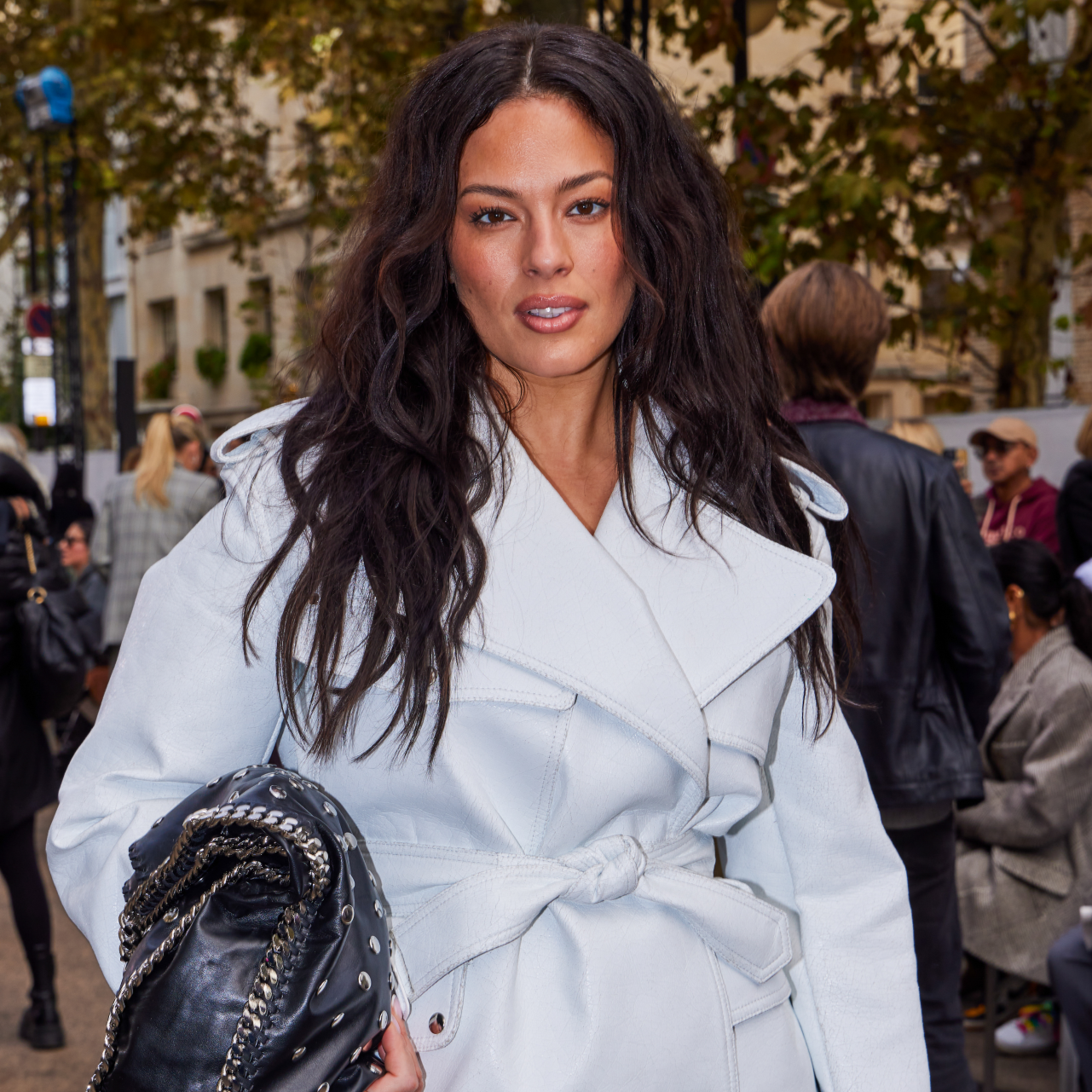 This Hot and Spicy Nail Look Is Ashley Graham's Secret to a Glowing Tan
This Hot and Spicy Nail Look Is Ashley Graham's Secret to a Glowing TanWarm weather glam, nailed.
By Ariel Baker Published
-
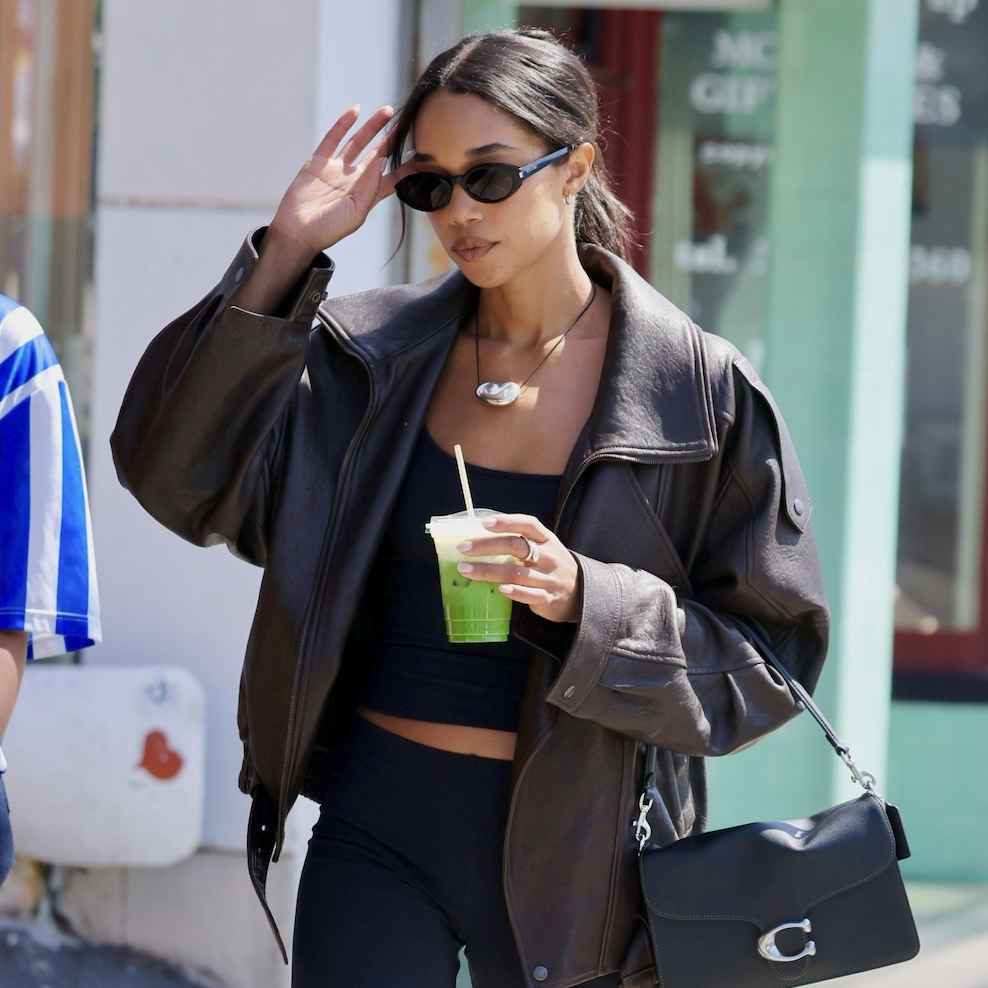 Coach's First Viral Bag Is Back in the Street Style Spotlight
Coach's First Viral Bag Is Back in the Street Style SpotlightLaura Harrier carried it back onto the radar.
By Kelsey Stiegman Published
-
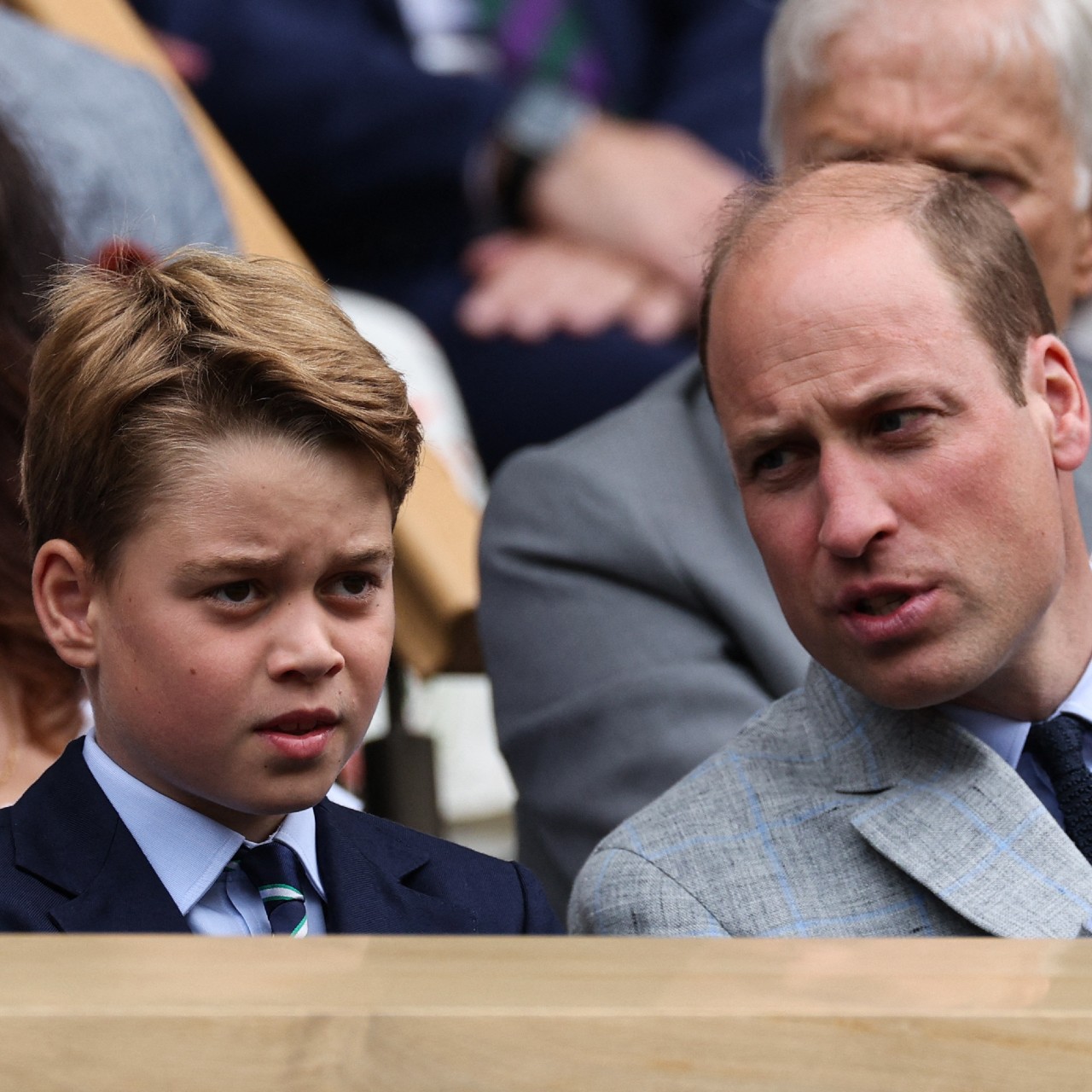 Prince George and Prince William Are on a Boys' Trip to Paris as They Make a Surprise Appearance
Prince George and Prince William Are on a Boys' Trip to Paris as They Make a Surprise Appearance"I've left the other two at home."
By Kristin Contino Published
-
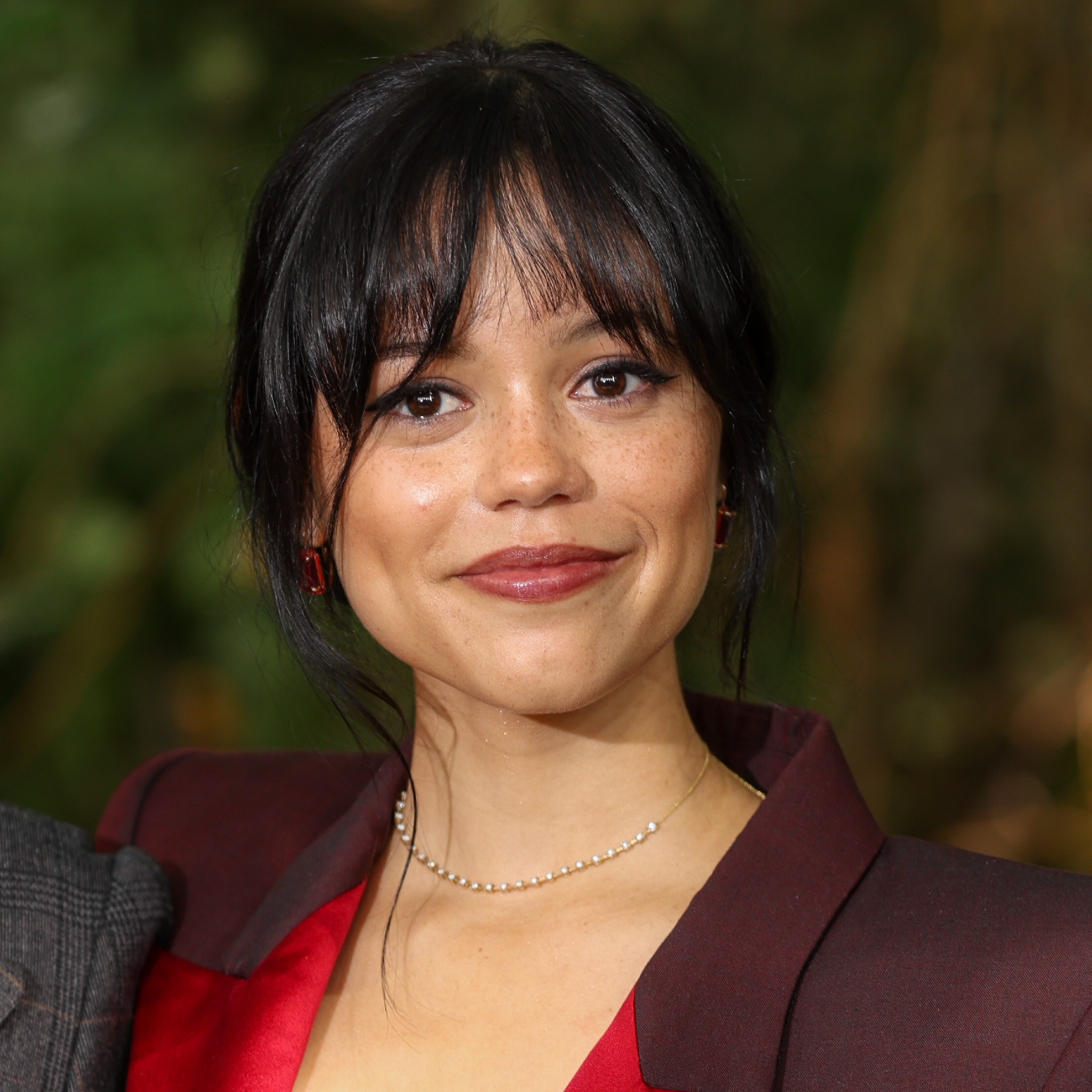 Jenna Ortega Does Grungy Glam Right With '90s-Inspired Hair and Makeup
Jenna Ortega Does Grungy Glam Right With '90s-Inspired Hair and MakeupThe actress was spotted in peak ‘90s-inspired glam.
By Ariel Baker Published
-
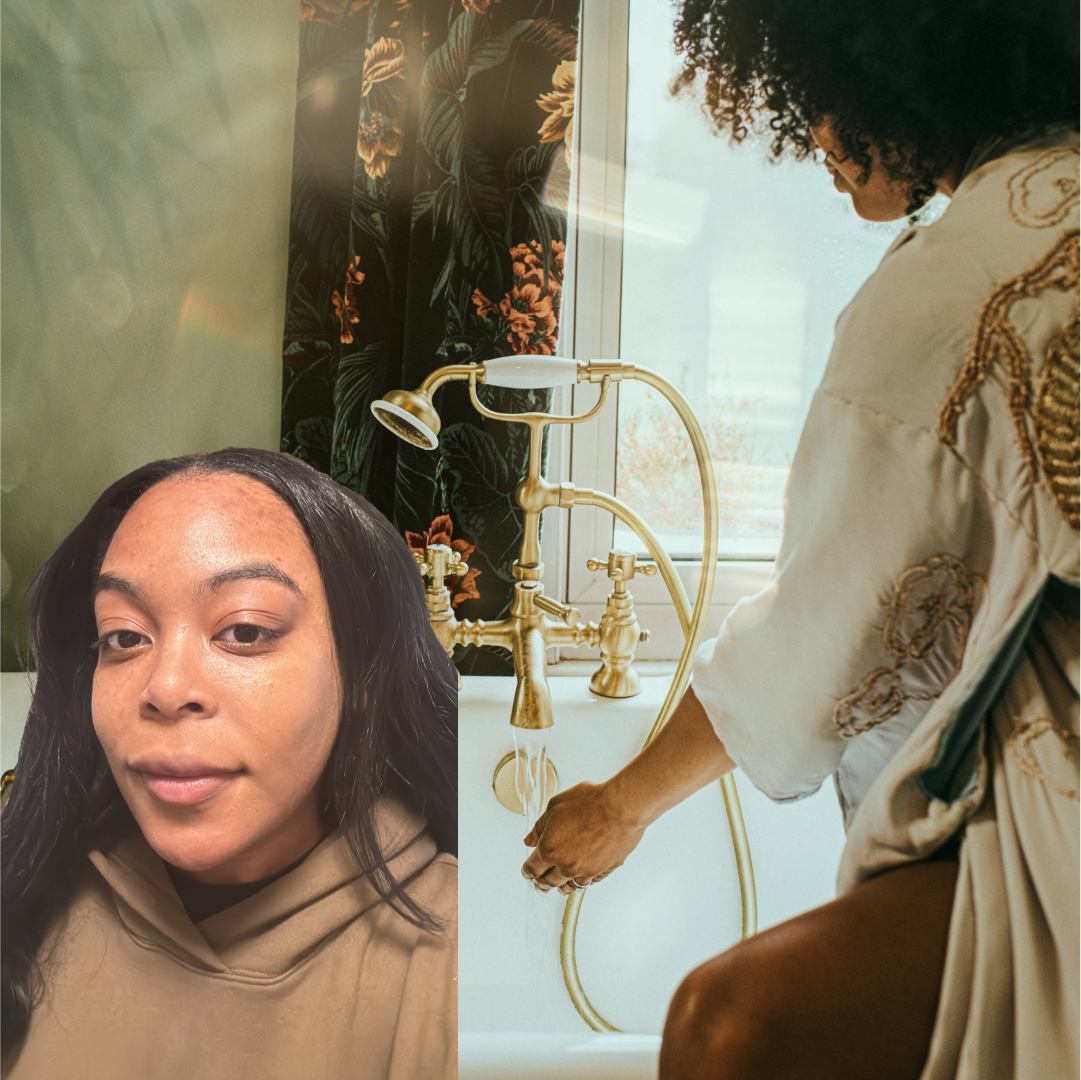 How a Beauty Writer Has Perfected Her Morning Routine For Acne-Prone Skin
How a Beauty Writer Has Perfected Her Morning Routine For Acne-Prone SkinKeep the texture and irritation at bay with these editor-vetted items.
By Ariel Baker Published
-
 Selena Gomez Hosts a Master Class in Matching Your Red Blush and Red Lipstick to Your Outfit
Selena Gomez Hosts a Master Class in Matching Your Red Blush and Red Lipstick to Your OutfitThe star was spotted looking red hot in the streets of New York City.
By Ariel Baker Published
-
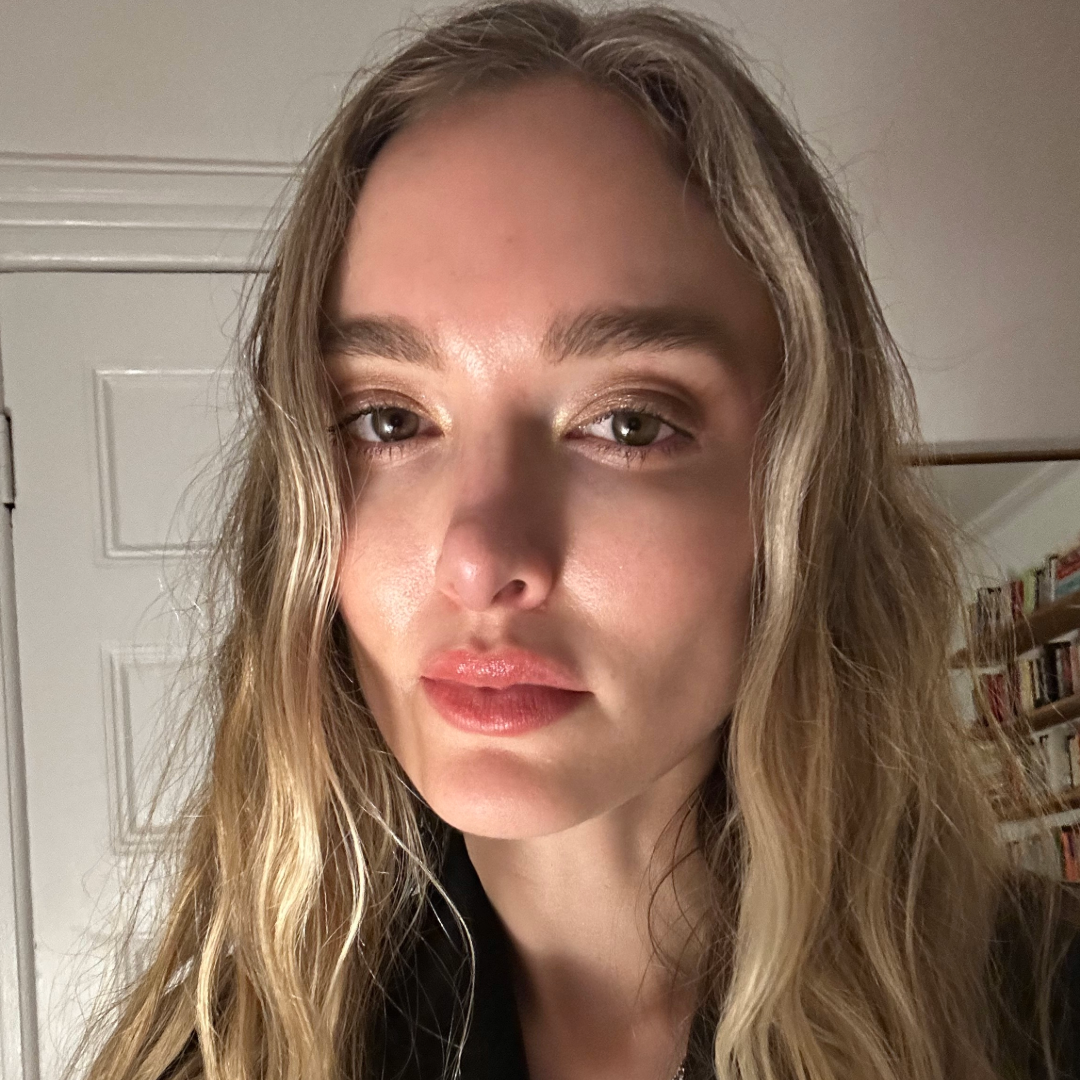 Presenting, Perfect Date Night Makeup for People Who Hate Makeup
Presenting, Perfect Date Night Makeup for People Who Hate MakeupFrom a beauty director who's learned all the workarounds.
By Hannah Baxter Published
-
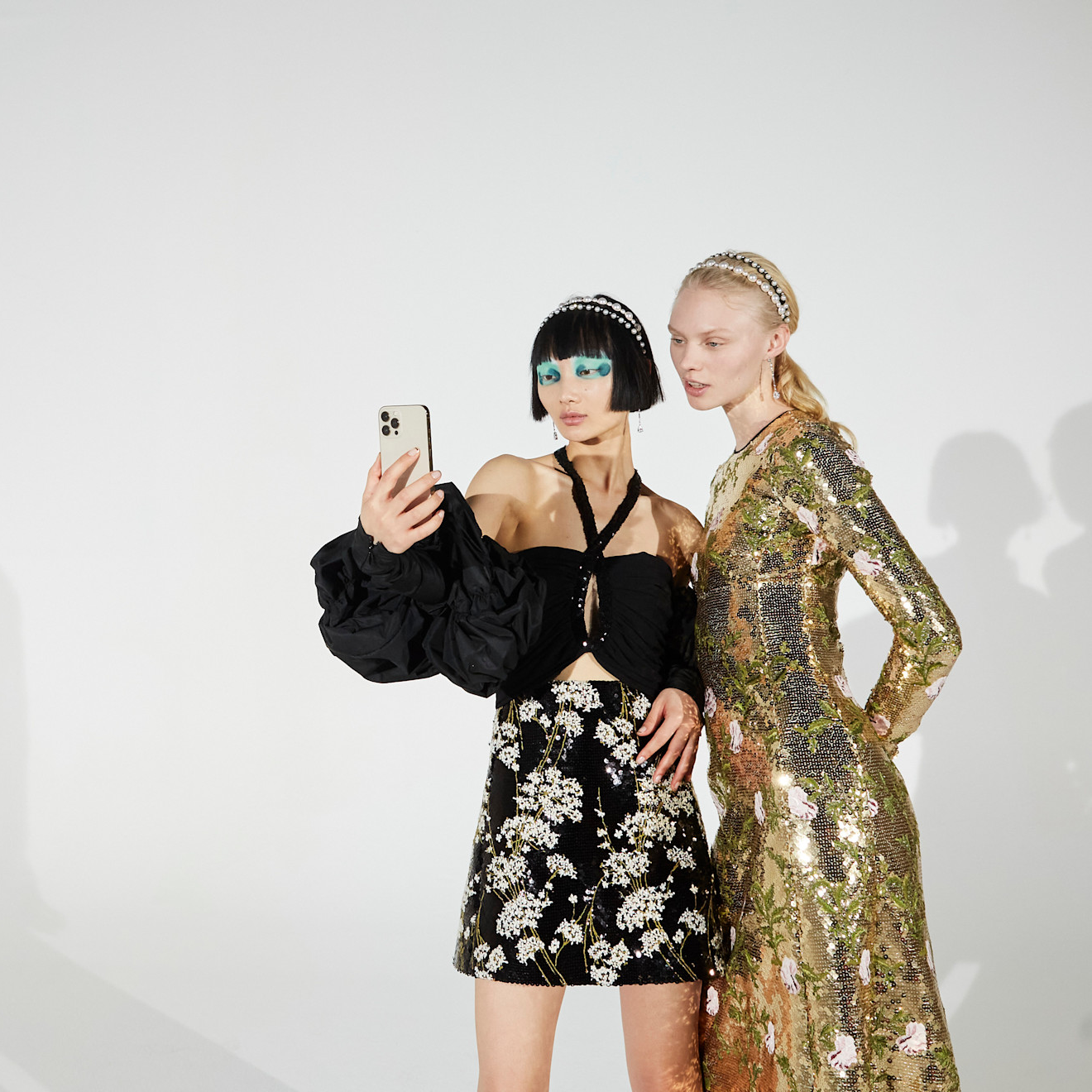 I Scoured Ulta’s 21 Days of Beauty Sale for Five Hours—Here's What I'm Shopping
I Scoured Ulta’s 21 Days of Beauty Sale for Five Hours—Here's What I'm ShoppingAdd to cart, ASAP.
By Ariel Baker Published
-
 Jenna Ortega’s New Burgundy Hair Has Me Ready for Season 2 of 'Wednesday'
Jenna Ortega’s New Burgundy Hair Has Me Ready for Season 2 of 'Wednesday'Wednesday Addams, is that you?
By Ariel Baker Published
-
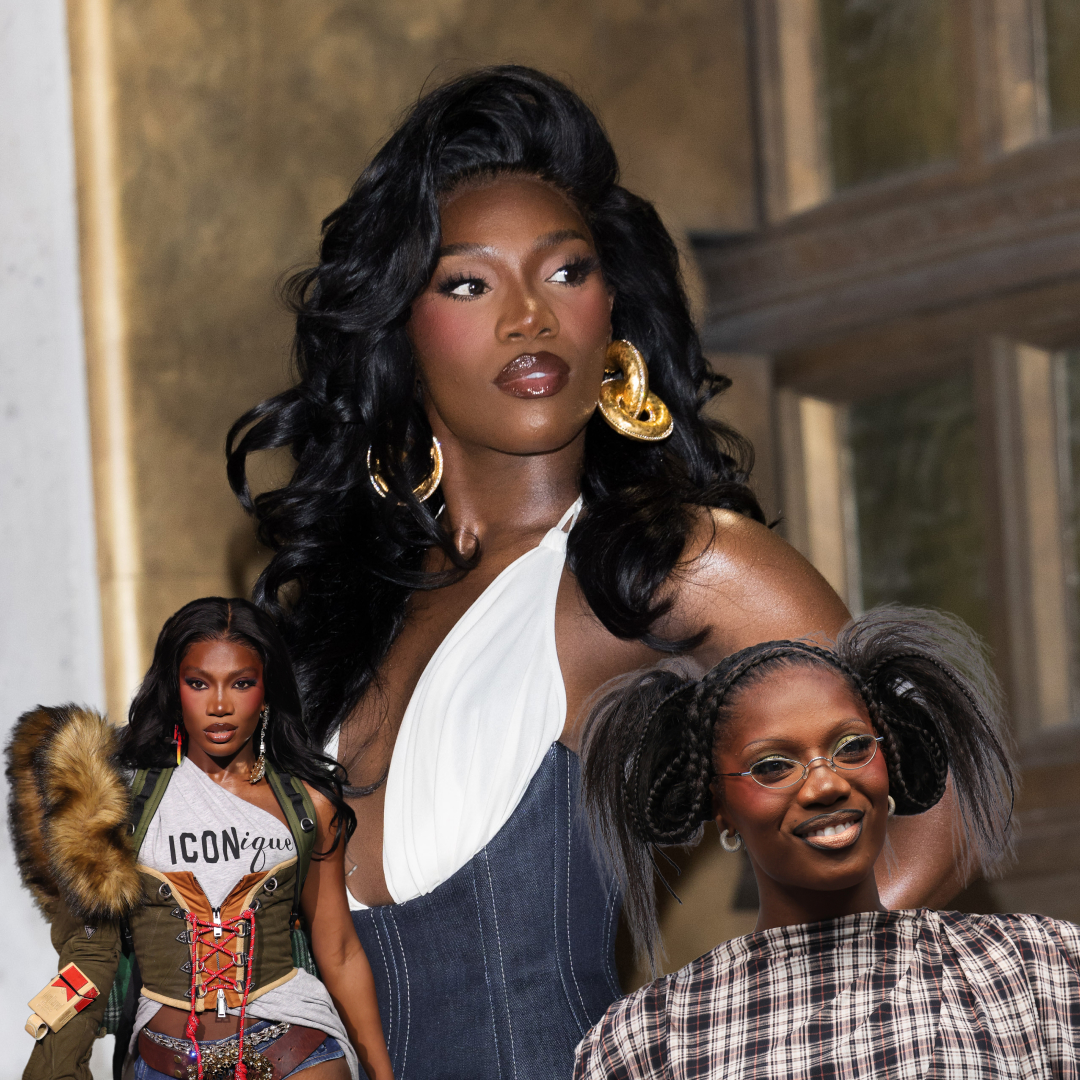 Doechii’s Best Paris Fashion Week Beauty Looks Deserve a Standing Ovation
Doechii’s Best Paris Fashion Week Beauty Looks Deserve a Standing OvationThe Grammy winner cemented her place as a beauty and fashion icon.
By Ariel Baker Published
-
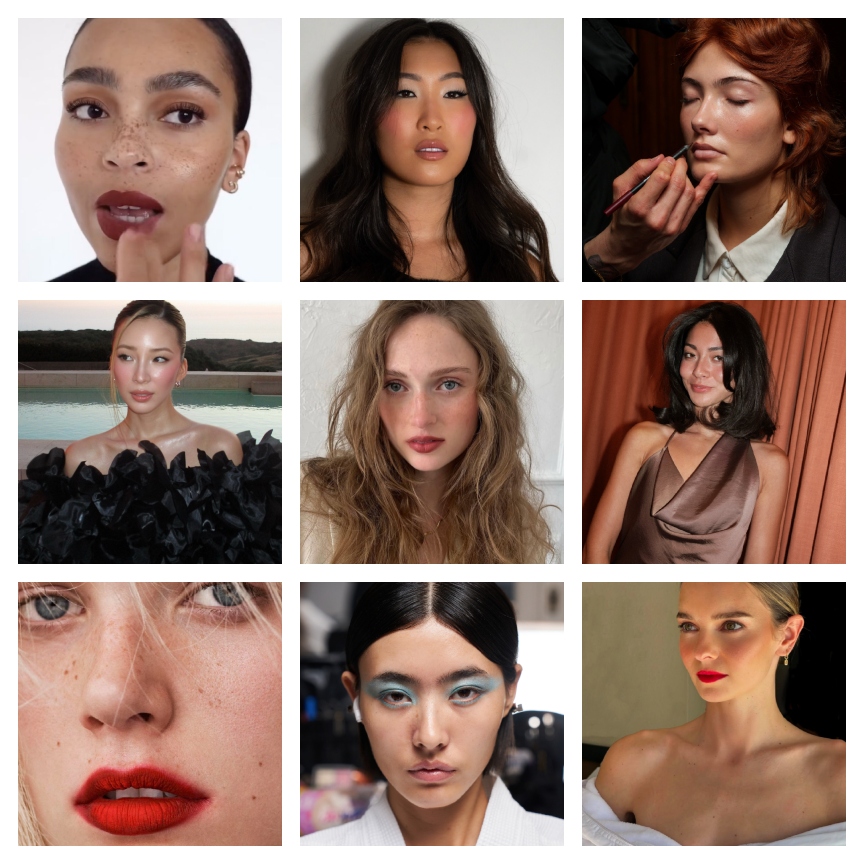 The 11 Best Spring Makeup Trends Are Sexy, Sensual, and Perfectly Luminous
The 11 Best Spring Makeup Trends Are Sexy, Sensual, and Perfectly LuminousIt's dew or die time.
By Jamie Wilson Published